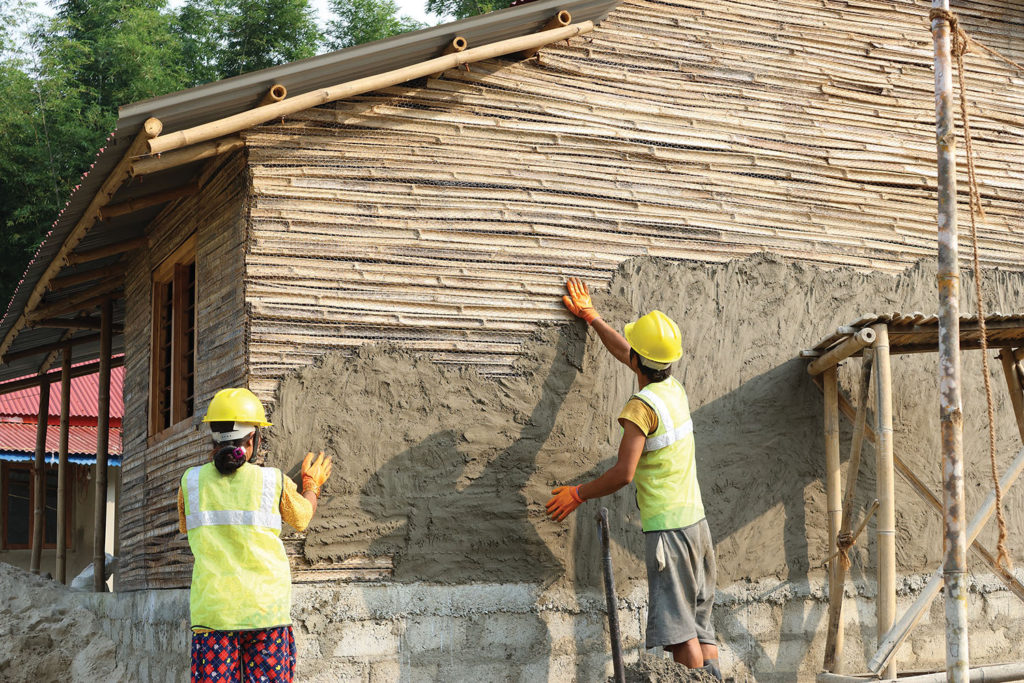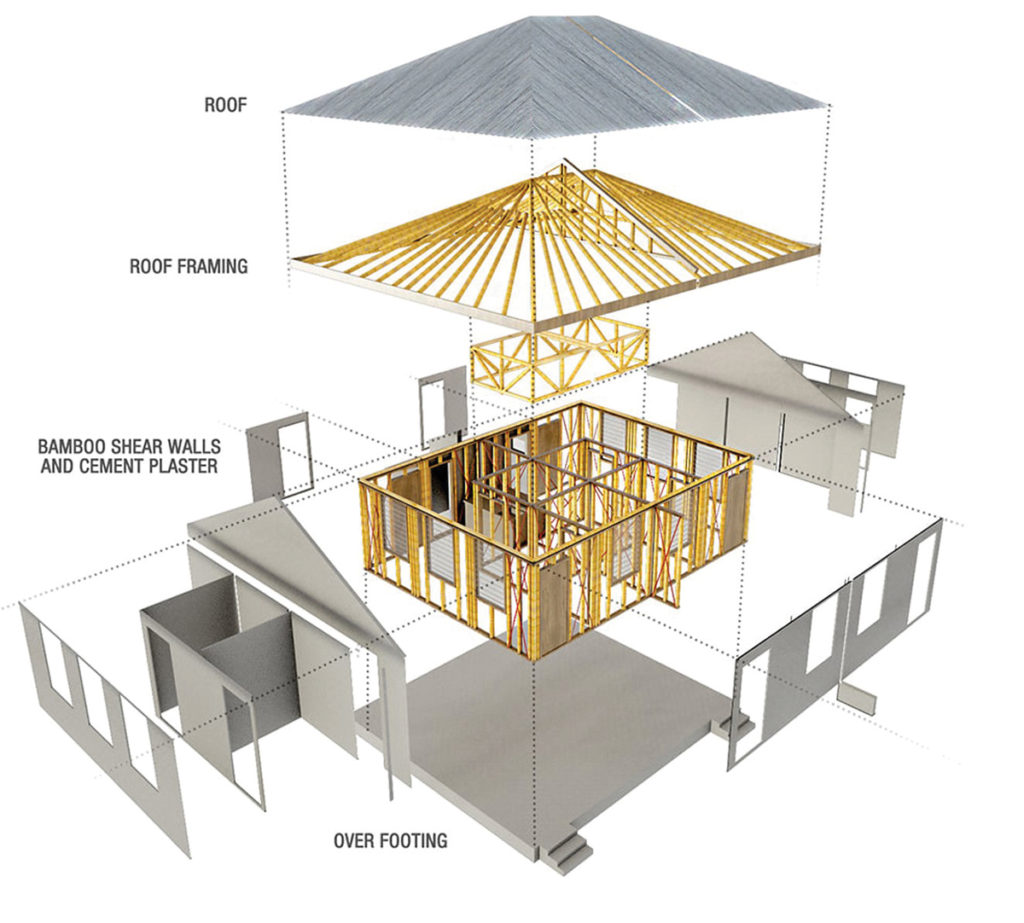Climate change was famously called a monster of our own making. Then came the COVID-19 pandemic in late 2019, which swiftly evolved into the most significant health problem of this century. The health and economic fallouts are well documented, particularly on already vulnerable families and communities. ⠀ For some people, staying at home posed threats […]
Read More… from The Symbiotic Relationship between Housing and Health



